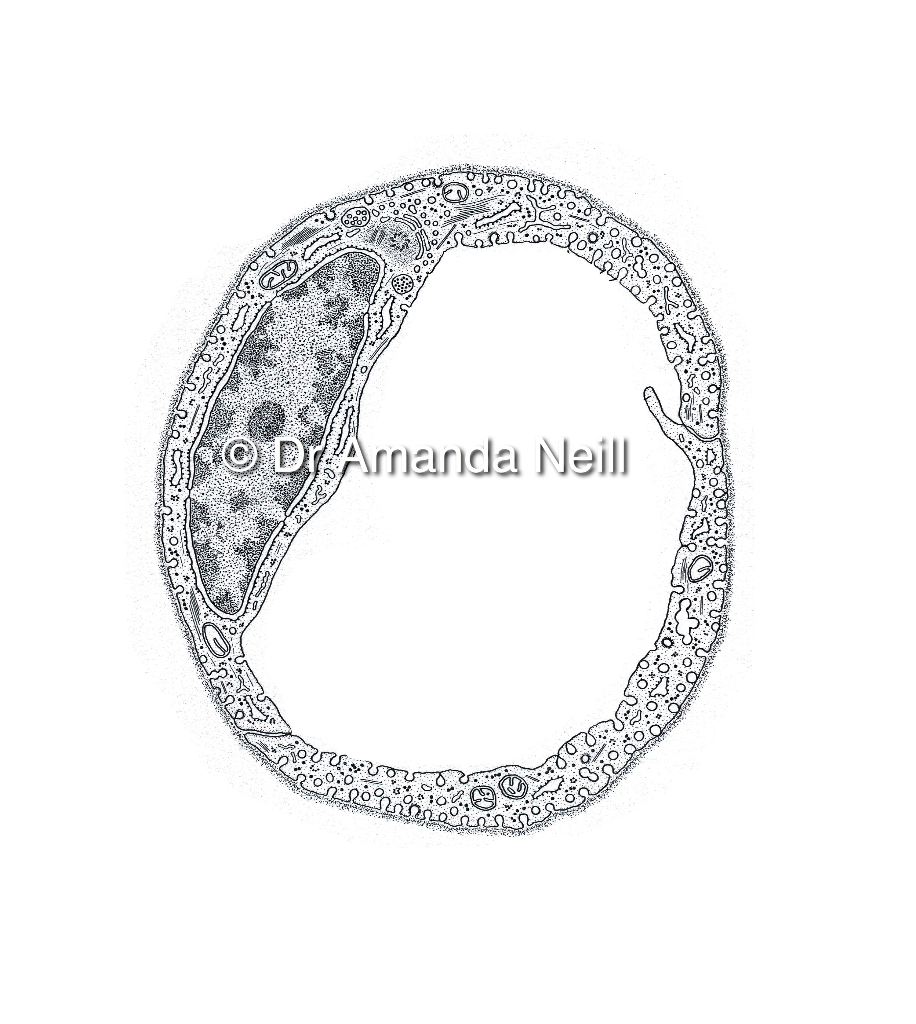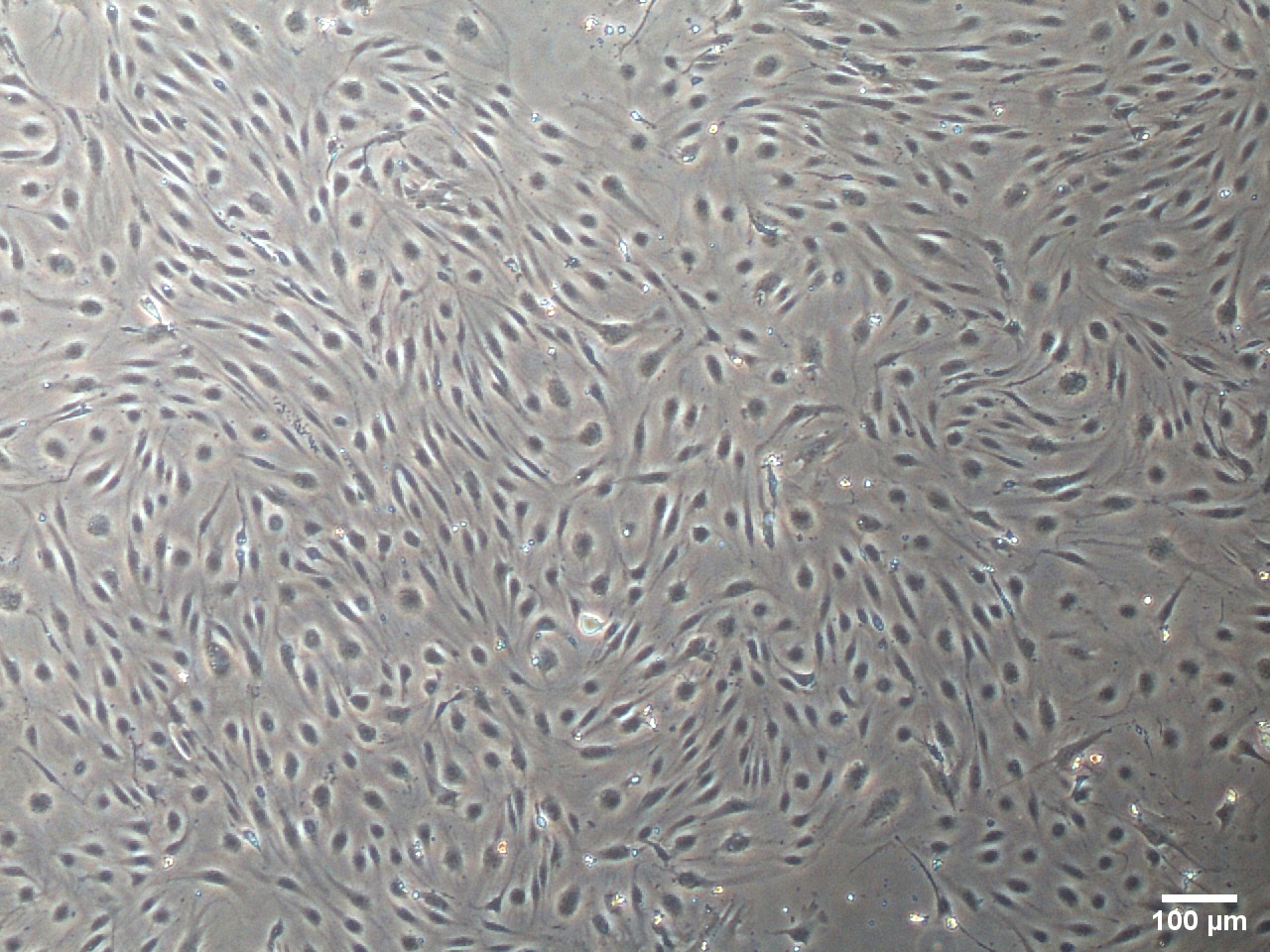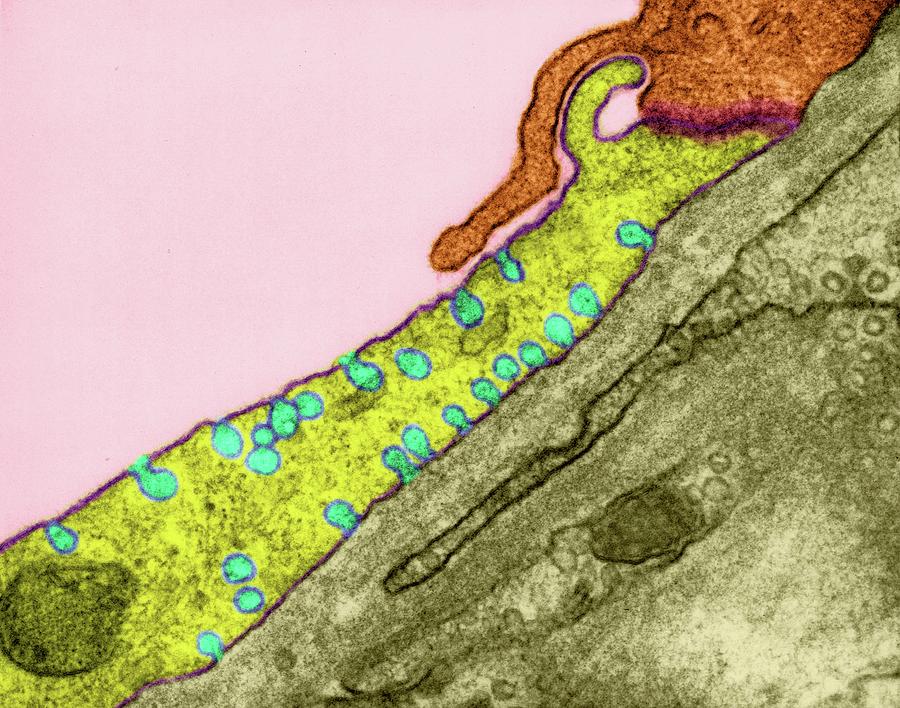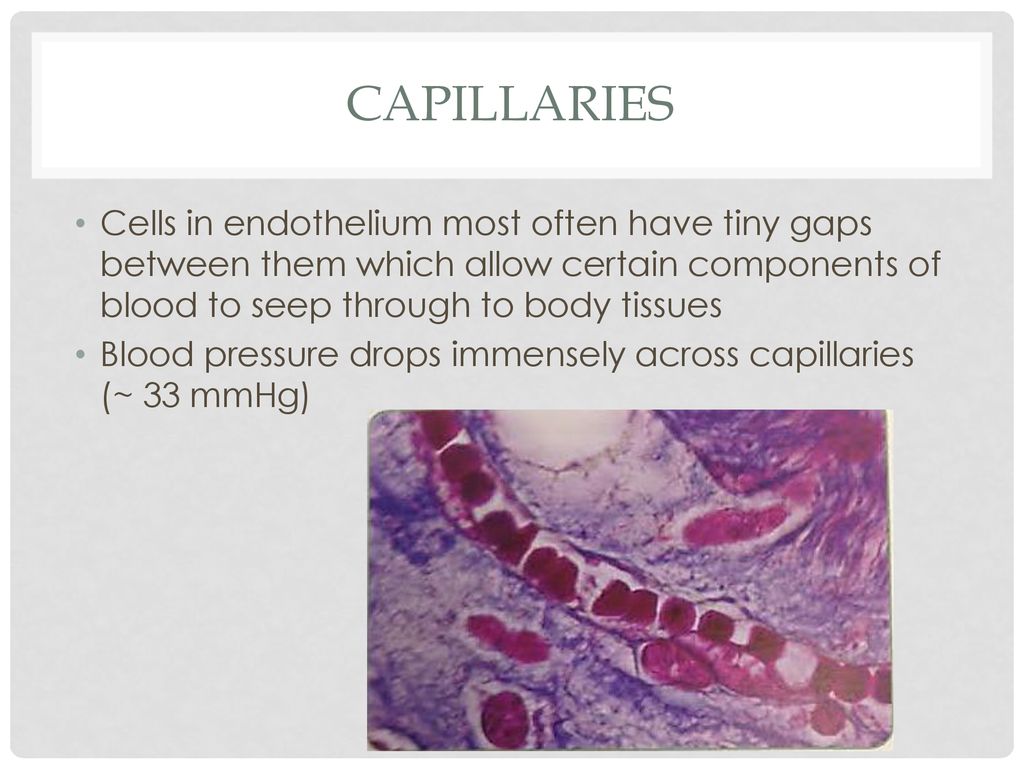Amandas A to Z Medical Pocket Books Biology Diagrams
Amandas A to Z Medical Pocket Books Biology Diagrams Endothelial Cells Line All Blood Vessels. The largest blood vessels are arteries and veins, which have a thick, tough wall of connective tissue and and many layers of smooth muscle cells (Figure 22-22).The wall is lined by an exceedingly thin single sheet of endothelial cells, the endothelium, separated from the surrounding outer layers by a basal lamina. The first hint of endothelial cell heterogeneity, a structural heterogeneity, was obtained following electron microscopy observations where differences in intercellular junctions led to the classification of continuous endothelium, fenestrated endothelium and discontinuous endothelium [92]. Continuous endothelium is found in most arteries, veins and capillaries of the brain, skin, lung, heart Less is known about the induction of capillary fates; however, emerging evidence indicates that capillary endothelial cells are less of an established cell state than artery and vein endothelial cells, and might instead exist along a continuum, known as zonation 29,45,65-69. This zonation has been observed in capillaries in the brain and

Capillary angiosarcoma. Rare cancer of the endothelial cells that can affect the capillaries. Capillary leak syndrome. A condition that causes a sudden drop in blood pressure. It sometimes requires emergency treatment. Hereditary hemorrhagic telangiectasia. An inherited blood vessel disorder that causes abnormal growths (telangiectases) that

Vascular Endothelial Cell Biology: An Update Biology Diagrams
The endothelium is a thin layer of single flat cells that line the interior surface of blood vessels and lymphatic vessels.[1]Endothelium is of mesodermal origin. Both blood and lymphatic capillaries are composed of a single layer of endothelial cells called a monolayer. In straight sections of a blood vessel, vascular endothelial cells typically align and elongate in the direction of fluid flow. The vascular endothelium is the inner-most structure that coats the interior walls of arteries, capillaries and veins. Endothelial cells (EC) were described to anchor to an 80-nm-thick basal lamina (BL). Both EC and BL constitute the vascular intima, establishing a hemocompatible surface,

The blood vessels in our bodies are either arteries, veins or capillaries. Arteries transport blood away from the heart, veins carry it back, and capillaries connect arteries and veins, while also facilitating the exchange of gases and nutrients between the blood and different organs (Augustin and Koh, 2017).The inner layer of every blood vessel is formed by endothelial cells, but what factors

Vascular Development: Enhancing our understanding of endothelial cells ... Biology Diagrams
Continuous capillaries are generally found in the nervous system, as well as in fat and muscle tissue. Within nervous tissue, the continuous endothelial cells form a blood brain barrier, limiting the movement of cells and large molecules between the blood and the interstitial fluid surrounding the brain. Fenestrated
